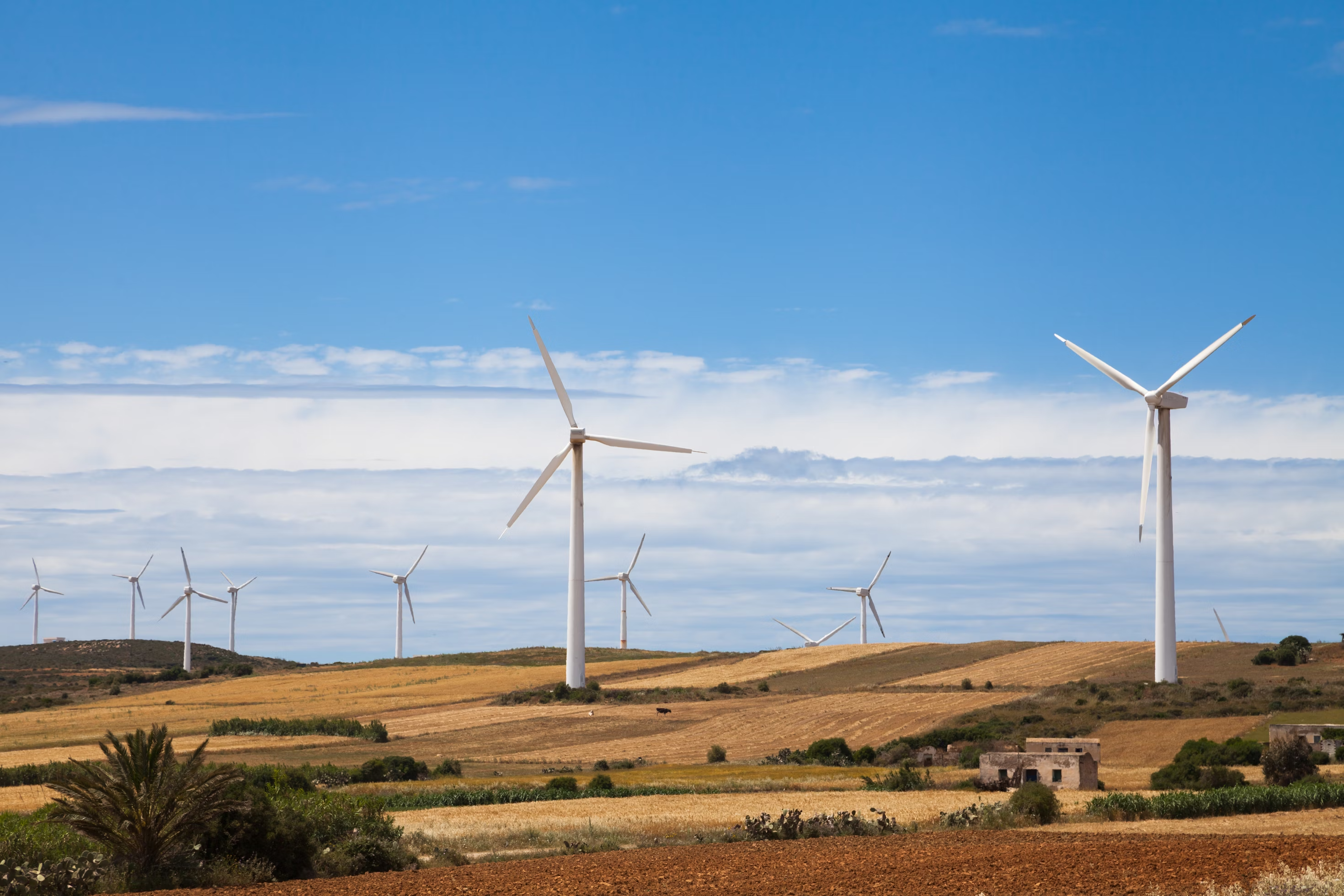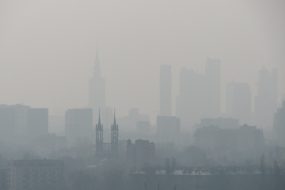
As climate change leads to stronger and more frequent hurricanes and storms, insurance companies are being forced to reassess their approach to managing risk. From premium hikes to stricter coverage terms, the industry is undergoing a transformation that will affect homeowners globally. Here’s what you need to know about the evolving landscape of insurance in the face of intensifying natural disasters.
Rising Premiums Across Storm-Prone Areas
One of the most visible changes for homeowners is the dramatic increase in insurance premiums. In 2023, insurance premiums in states like Florida, Louisiana, and Texas, which are highly vulnerable to hurricanes, saw major increases. Florida, for example, reported an average of $10,996 in annual premiums, a 7% jump from the previous year. With 2024 projected to be an even more severe hurricane season, insurers are warning of further double-digit rate hikes, especially in coastal states.
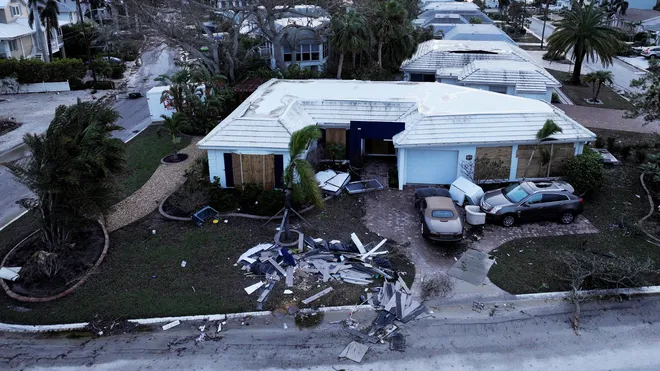
This is part of a broader trend. Since 2021, U.S. insurance premiums have risen by 12% on average, and global reinsurers predict that property losses from climate-related disasters will increase by 60% by 2040. The increased costs not only reflect the growing frequency and intensity of storms but also inflation, which has driven up the costs of replacing damaged properties.
Stricter Policies and Limited Coverage
As risks mount, insurers are not just raising prices; they are tightening their policies. In some storm-prone areas, insurance companies are refusing to renew policies or denying coverage altogether. Homeowners are finding it more difficult to get coverage for “named storms,” which refers to officially recognized storms like hurricanes. Deductibles for storm damage have also skyrocketed in vulnerable regions.
For homeowners who cannot secure insurance from private companies, state-backed options such as FAIR plans are available. However, these plans come with a much higher cost, adding further financial strain. In states like Louisiana, some FAIR plan holders are facing a 63% rate increase due to the high risks associated with their properties.
Uninsurable Regions and Economic Consequences
A growing concern in the industry is the potential for entire regions to become uninsurable. Insurers are pulling back from areas they deem too risky, which could have disastrous effects on local economies. If properties are uninsurable, mortgage lenders may refuse loans, leading to a decline in property values and a mass exodus from high-risk areas. This could have ripple effects on local tax revenues, impacting public services like schools and emergency response teams.
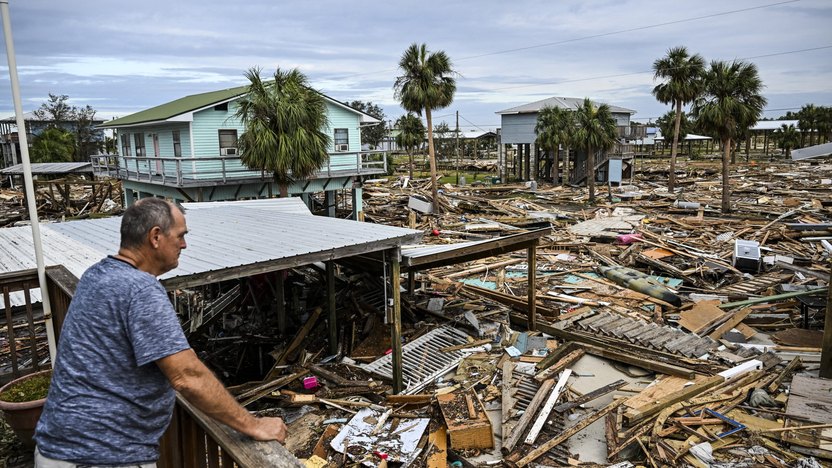
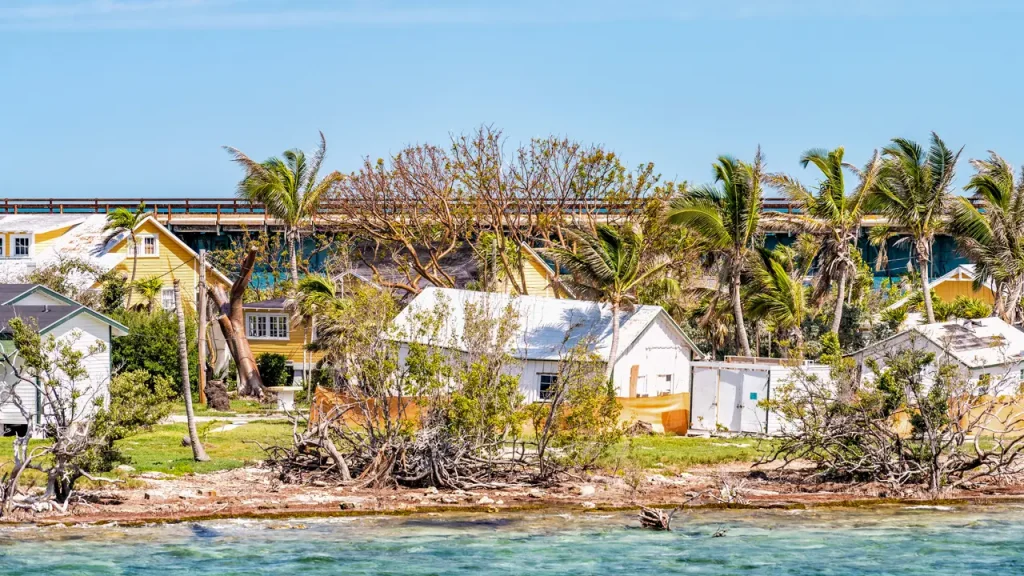

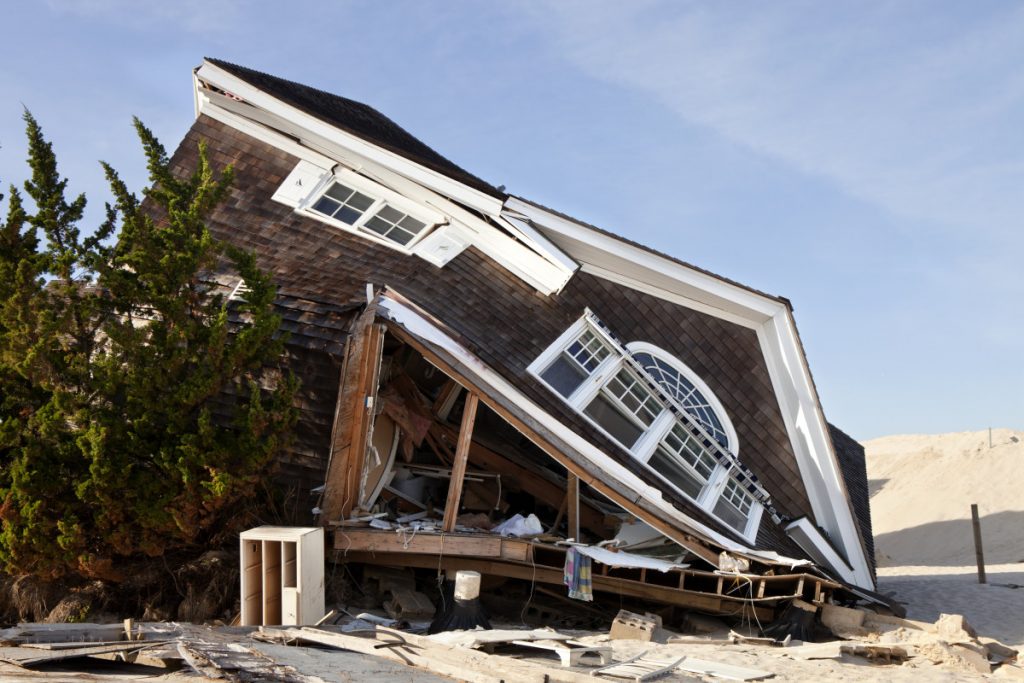
In addition, climate change has exacerbated social inequalities. Low-income and minority communities, often located in vulnerable areas, face higher premiums and blue-lining, a practice where insurers charge more or refuse to cover neighborhoods at high climate risk. This echoes the discriminatory redlining practices of the past and worsens the challenges for already marginalized communities.
Building Codes and Resilience: A Way Forward?
Despite these challenges, there are strategies to mitigate the impact of stronger storms on insurance. States like Florida and California have implemented stricter building codes that require homes to be more resistant to hurricane-force winds and fire. These measures have already proven effective in reducing damage. After Hurricane Ian, for example, Florida’s modern building codes were credited with saving an estimated $1 to $3 billion in damages to homes.
Governments and insurance companies are incentivizing homeowners to retrofit their properties with resilient features, such as reinforced roofs, impact-resistant windows, and storm shutters. These efforts can reduce premiums and prevent catastrophic losses. According to the Federal Emergency Management Agency (FEMA), homes built to modern hazard-resistant standards can lower their annual damages by up to 48%.
The Future of Insurance in a Changing Climate
The question remains: will insurance companies continue to provide coverage as storms intensify? Many experts believe that without substantial investment in climate resilience, some regions may become uninsurable. Insurers are working with governments to explore new risk models and solutions, but without curbing carbon emissions and building more resilient communities, the future of home insurance could be precarious
In the meantime, homeowners in hurricane-prone areas should prepare for higher costs and stricter policies, while also exploring ways to fortify their homes against the next storm. As the climate crisis unfolds, the insurance industry will remain at the forefront of balancing risk and protection in an increasingly unpredictable world.











